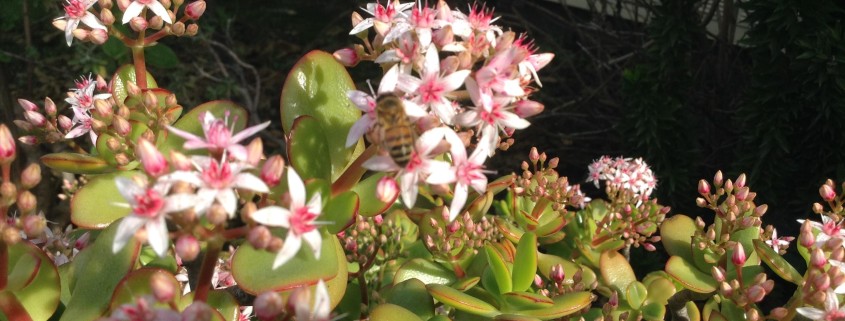Orange Blossom Honey
California has many well-documented problems: wildfires, traffic jams, and earthquakes immediately come to mind. On the other hand, however, California has orange blossom honey!
Beginning around the middle of March and lasting until about the middle of April, citrus trees – including orange, tangerine, lemons, limes, and grapefruit – all blossom in full force, emitting the sweet aroma of citrus bloom. A walk inside a blossoming citrus grove is a sensory experience to behold: beautiful spring weather, bright green leaves, spectacular aroma, and happy honeybees buzzing everywhere.
During springtime in California, with many types of wildflowers blooming, honeybees have countless options of where to forage. Typically, however, one of their first choices are the orange trees, and who can blame them?
In Southern California, a downside of orange blossoms flowering in March, if there can be one, is that a strong nectar flow of citrus trees can draw bees away from nearby blooming avocado trees. This dual blooming has the potential to impair nearby avocado pollination. Avocado farmers who neighbor flowering citrus trees need to be aware of the competition for their bees, and compensate by keeping extra colonies of honeybees in their avocado groves to pollinate their trees.





